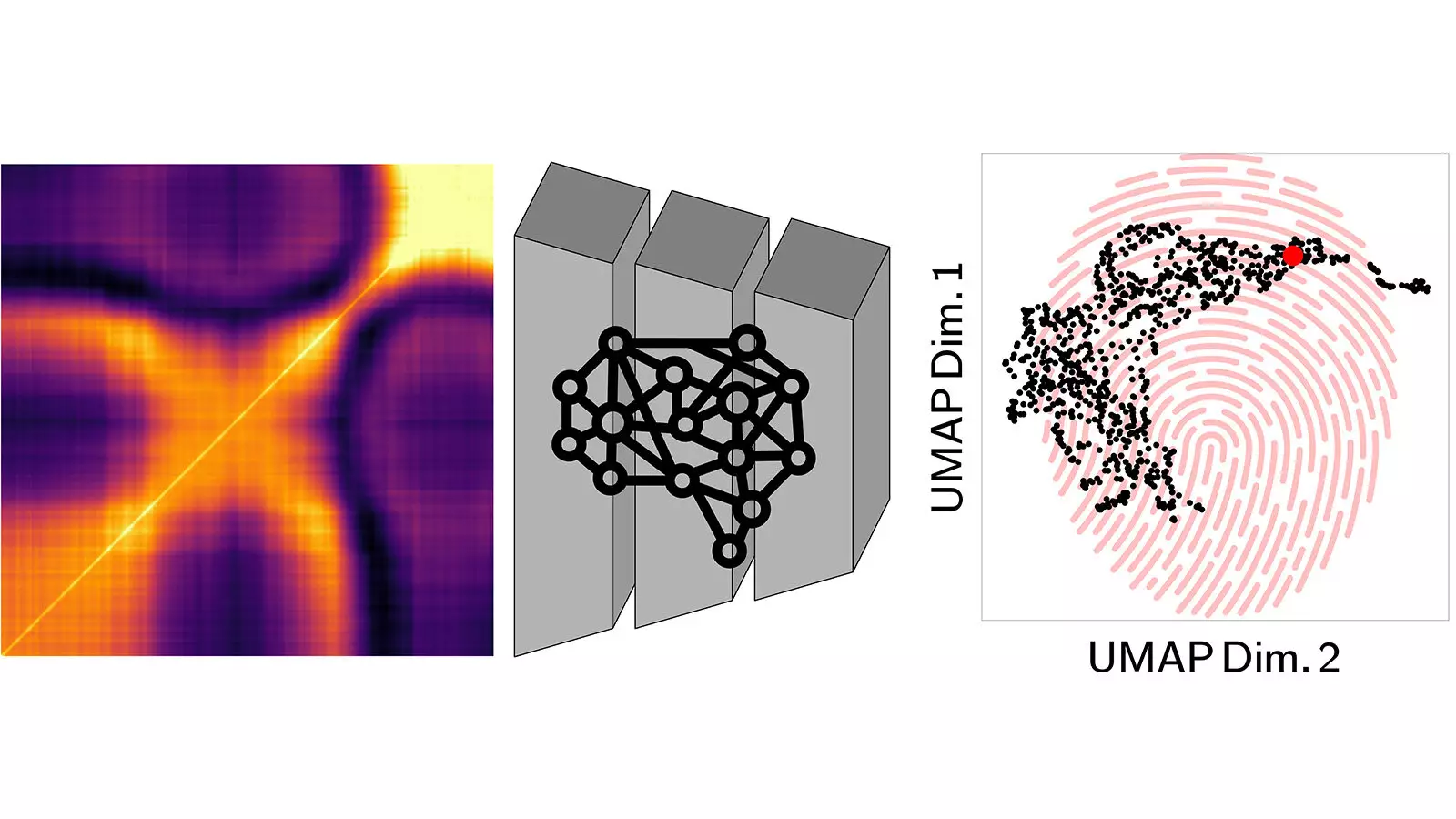Materials, much like living organisms, undergo transformations that reflect their interactions with stress and relaxation. For long, scientists have attempted to decode the complex behaviors of materials in response to such conditions, but challenges in data interpretation have stifled a deeper understanding. Thankfully, the convergence of innovative technologies like X-ray photon correlation spectroscopy (XPCS) and artificial intelligence (AI) is forging a new path toward unveiling the mysteries hidden within materials. This evolution in materials science not only sheds light on the intrinsic behavior of substances but also paves the way for revolutionary applications in various industries.
The Power of X-ray Photon Correlation Spectroscopy
XPCS acts as a crucial linchpin for researchers aiming to comprehensively analyze material dynamics. By illuminating materials with X-ray beams, scientists can observe scattering patterns that emerge as materials respond to external forces. However, these patterns are often too intricate for even seasoned experts to decipher manually. This is where the integration of AI comes into play. Associating XPCS with powerful machine learning algorithms allows the generation of distinct “fingerprints” for various materials, essentially simplifying vast amounts of data into manageable, insightful representations.
Through a recent study orchestrated by the researchers at the Advanced Photon Source (APS) and the Center for Nanoscale Materials (CNM) located at the U.S. Department of Energy’s Argonne National Laboratory, the combination of XPCS and unsupervised machine learning has illuminated the pathways toward understanding material dynamics like never before. The unsupervised nature of the learning algorithm means that it autonomously identifies patterns without needing specialized human input, revolutionizing the pace of discovery in material sciences.
Decoding Patterns with AI: The Autoencoder Approach
To harness the capabilities of AI, the researchers utilized a method called an autoencoder. This neural network transforms the raw image data acquired through X-ray scattering into succinct “fingerprints,” representing essential characteristics of the material being examined. To visualize this metaphorically, one could liken these fingerprints to a material’s genome. This genomic metaphor serves to illustrate that each fingerprint carries the requisite information to reconstruct a comprehensive picture of the material’s structural evolution, similar to how DNA dictates biological characteristics.
The project, dubbed Artificial Intelligence for Non-Equilibrium Relaxation Dynamics (AI-NERD), seeks to map these material fingerprints, clustering similar patterns into coherent neighborhoods for more accessible analysis. By engaging with the overall landscape of these fingerprints, researchers gain more profound insights into the interaction and transformation of materials over time. Such a holistic view of material behavior is invaluable for advancing numerous applications, including nanotechnology, pharmaceuticals, and renewable energy.
AI’s Reliability in Data Analysis: A Game Changer Ahead
Another dimension of the study is the recognition of AI as an expert in pattern analysis. By treating scattering patterns as images, AI is adept at recognizing and categorizing these patterns, allowing for an organized database of material behaviors. This capacity to categorize is critical, especially in anticipation of the vastly upgraded APS, which will generate unpredictable volumes of data 500 times brighter than its predecessor. The synergy between enhanced data acquisition and advanced AI capabilities will enable researchers to navigate the burgeoning complexity of material characterization with unprecedented efficiency and accuracy.
Moreover, the collaboration between the theory and computational groups within Argonne’s X-ray Science division marks a significant leap towards a more integrated approach to materials research. This partnership facilitates further molecular simulations that fuel synthetic data generation, providing fertile ground for training AI models like AI-NERD. The implications are staggering: as AI continues to evolve alongside increasingly sophisticated data collection methods, the potential for groundbreaking discoveries in material science will only expand.
Looking Ahead: The Future of Materials Science
As the intersection of AI and traditional scientific methods continues to gain traction, the implications for material sciences are profound. By leveraging cutting-edge technology, researchers are on the cusp of not just understanding material behaviors more deeply but also harnessing these insights for real-world applications. From improving energy efficiency to developing new composite materials that could revolutionize various sectors, the possibilities are vast. Moreover, as the renewable energy landscape grows increasingly complex, the ability to optimize materials in real-time will become paramount.
In the grand narrative of scientific exploration, the innovative methodologies birthed from the collaboration between X-ray technology and artificial intelligence herald a new era in materials research. They invite us to consider not just how materials change but also how this understanding will empower humanity to navigate its future challenges more sustainably and effectively. Each step forward is a testament to creativity and ingenuity, and the combination of AI with established scientific paradigms stands at the forefront of this transformative journey.


Leave a Reply